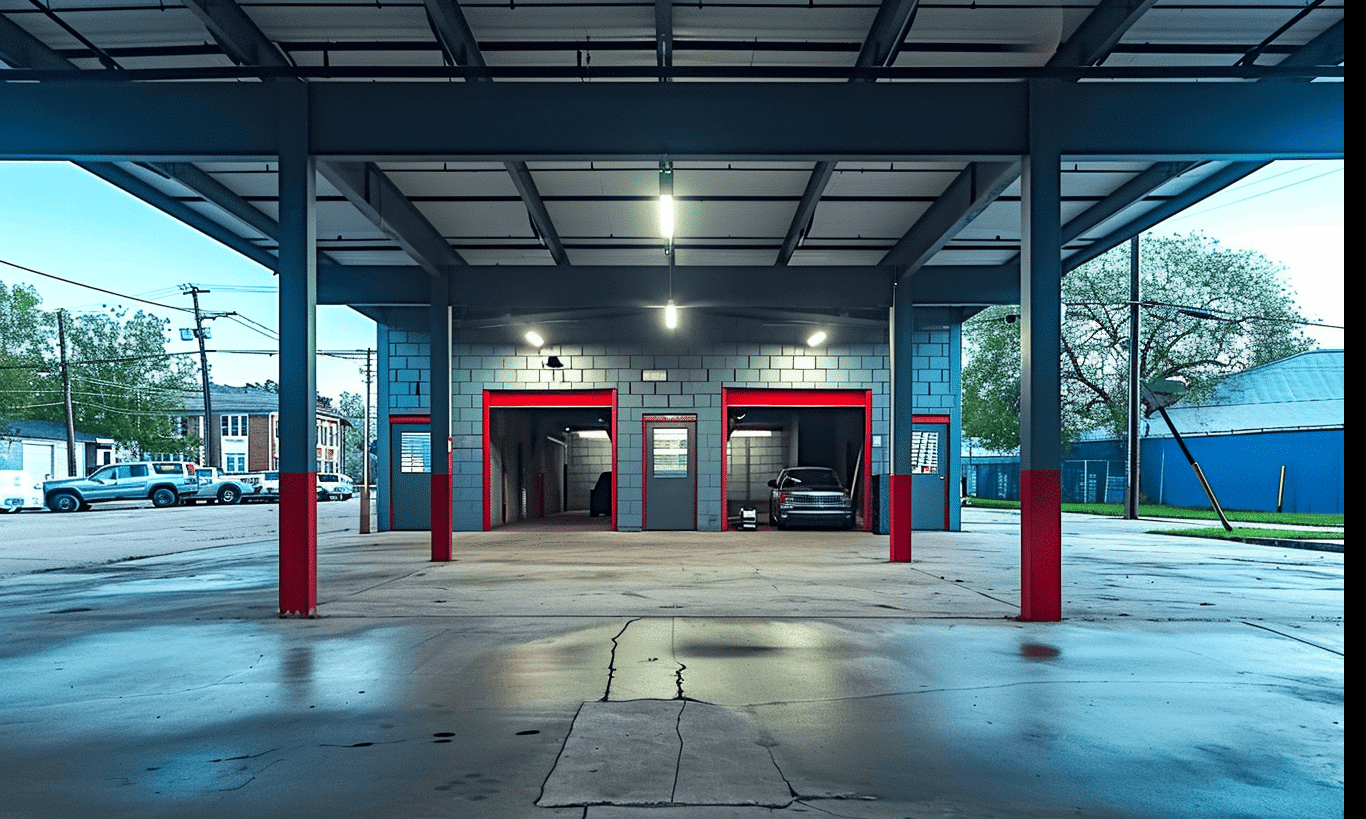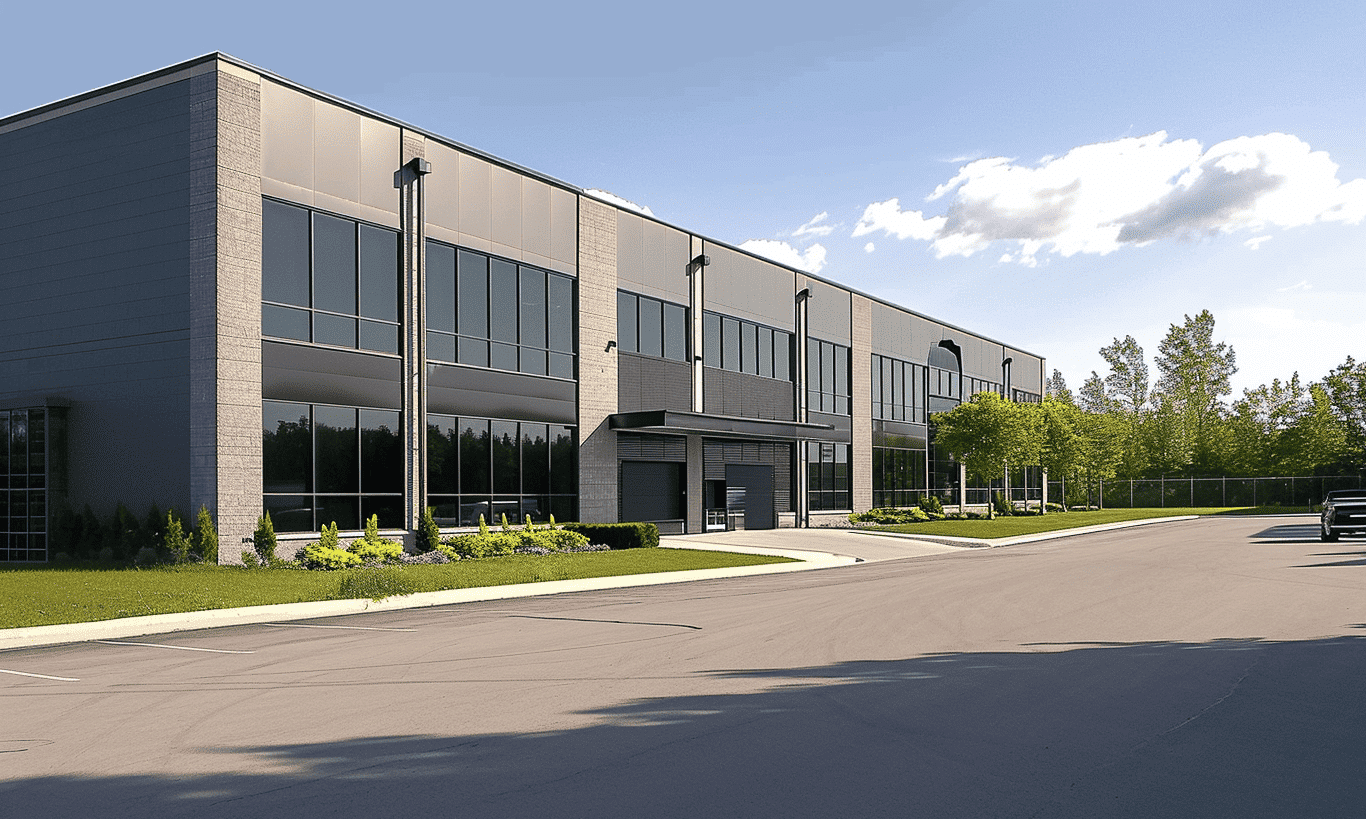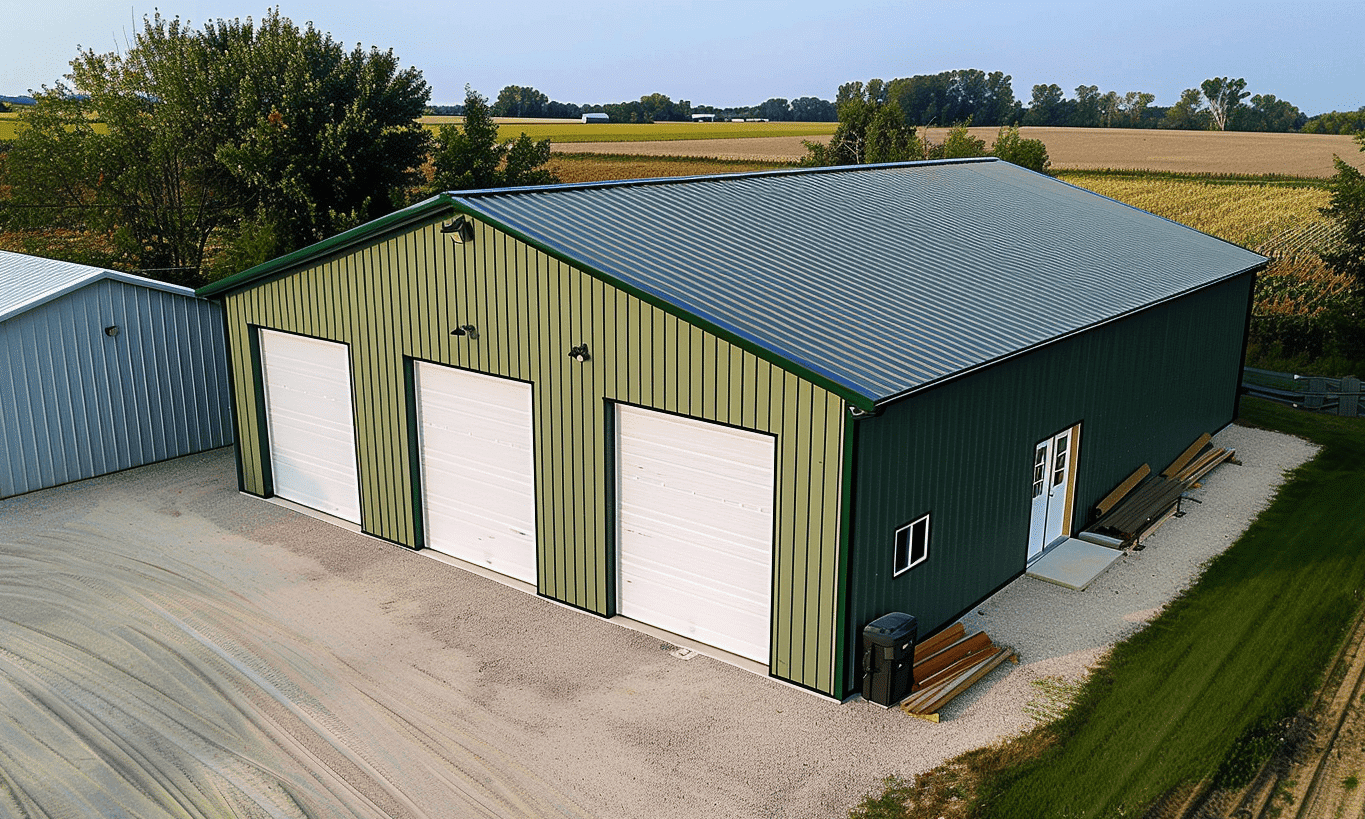When you think about construction, images of towering buildings and complex infrastructures likely come to mind. However, beneath the surface of these engineering marvels lies a critical component: construction safety best practices. In the bustling world of construction, safety must never be an afterthought but a foundational pillar. Just as a building relies on a strong architectural base, a construction site depends on robust safety protocols to ensure every worker returns home safely. In this article, we explore various practices that constitute the bedrock of construction safety and why they are pivotal in shaping a secure construction environment.
The Foundation of Construction Safety
For many construction professionals, safety training is not just a formality but a necessary preparation for the unpredictable nature of their work environment. Comprehensive safety training for construction involves equipping workers with the knowledge to identify potential hazards, use protective equipment correctly, and respond effectively to emergency situations. Safety training also covers the operation of heavy machinery, working at heights, and handling hazardous materials. These modules are designed to ingrain vigilance and mindfulness in every worker, instilling a proactive approach to safety.
Building a strong safety culture in construction is akin to crafting a masterpiece; it requires effort, patience, and dedication. This culture begins with leaders who prioritize safety above all else, sending a clear message that cutting corners is unacceptable. When management visibly upholds safety protocols, it trickles down to all team members, fostering an environment where everyone looks out for one another.
Understanding the Role of Personal Protective Equipment (PPE)
One of the most recognizable safety measures on any construction site is the use of personal protective equipment (PPE). Hard hats, safety goggles, gloves, and steel-toed boots are more than just part of a worker’s attire; they are essential to their protection. PPE acts as a frontline defense against injuries and accidents. Workers need not only to wear PPE but to use it appropriately; this requires continuous education and training.
Moreover, PPE should be seen as a customizable shield that adapts to the specific demands of a task. For instance, a worker handling hazardous chemicals should be equipped with specialized gloves and masks, while those working in high-noise areas should wear hearing protection. The goal is to merge comfort with functionality, ensuring equipment is not only protective but also conducive to efficient work.

Eliminating Hazards and Ensuring Site Cleanliness
Construction safety isn’t solely dependent on individual practices; it also encompasses the physical environment in which workers operate. Maintaining a clean and organized site is a fundamental aspect of hazard elimination. By keeping pathways clear and properly storing equipment, the risk of trips and falls is significantly reduced. Furthermore, a tidy workspace enhances productivity as workers can move freely, locate necessary tools quickly, and focus solely on their tasks.
Regular inspections and audits also play a critical role in hazard management. By routinely evaluating the worksite and identifying potential risks, issues can be addressed proactively. This continuous assessment aligns with the Government of Canada’s standards for safe construction practices. For more information on these guidelines, visit the Government of Canada – Construction Safety Best Practices.
Who Needs Safety in Construction: Workforce Dynamics
Construction safety isn’t limited to the workers directly involved in building; it extends to everyone on-site, including managers, engineers, and visitors. Everyone involved in a construction project bears a responsibility to adhere to safety protocols. From the project manager to the site inspector and subcontractors, collaboration is key. When the entire team prioritizes safety, the chances of incident significantly decrease.
In fostering a comprehensive understanding of construction safety best practices, participation in safety meetings and workshops is vital. Teams should engage in discussions about previous incidents, potential hazards, and new techniques for maintaining safety. This open communication nurtures a proactive mindset, where the pursuit of safety is continuously renewed and adapted to emerging developments in the construction industry.

Embracing Technology: Safety Solutions for the Future
In recent years, technology has revolutionized many aspects of our lives, including how we approach safety on job sites. Imagine using drones for site inspections, employing wearable sensors to monitor worker health in real-time, or utilizing software to refine scheduling and logistics. All of these innovations are geared toward minimizing risk and maximizing efficiency.
Virtual reality (VR) has been particularly transformative, allowing workers to undergo immersive, scenario-based training without the dangers of a real construction site. Through VR, workers can practice hazard recognition and emergency response in a controlled, safe environment, bridging the gap between theoretical learning and practical application.
Technology fosters Your Building Team, enabling construction professionals to leverage data-driven insights, predict potential issues, and implement solutions swiftly. As these tools advance, the construction industry stands poised to enhance its safety protocols further.
Conclusion: Cementing Construction Safety in Every Project
Construction safety best practices serve as the scaffolding around which every functional and reliable structure is constructed. As the construction industry evolves, integrating safety into every phase of a project becomes imperative. Through continuous training, fostering a robust safety culture, leveraging cutting-edge technology, and a relentless focus on eliminating hazards, we can ensure a safer future for construction workers.
The journey toward optimal safety is never truly complete; it demands constant vigilance and adaptation. Just as skyscrapers reach ever-greater heights, our commitment to safety must soar even higher. By embracing comprehensive safety practices, we lay the groundwork not only for remarkable structures but also for a safer, more secure world for all who contribute to building it.










